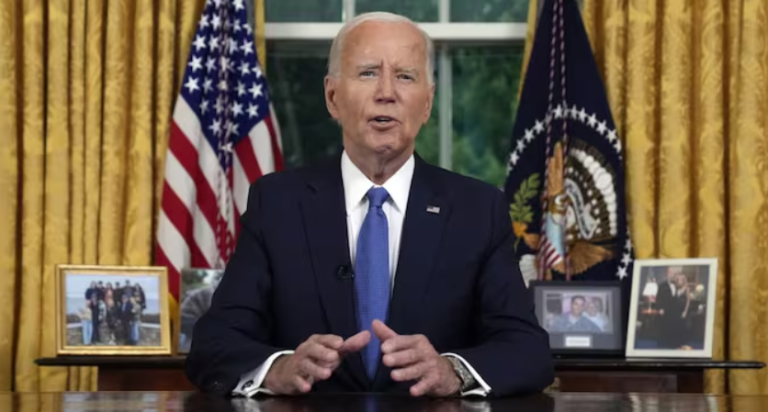
NYSE Group Reverses Errant Trades, Including Berkshire Hathaway's
- On June 3, 2024, a strange event happened to the shares of Berkshire Hathaway, which was led by the well-known investor Warren Buffett, who also experienced a dramatic decline in all three companies, attributed the NYSE problem to a technical error. to prices published by the Consolidated Tape Association (CTA), which is responsible for disseminating real-time prices for major stocks. movements According to reports, the alarm was caused by a deviation of the price from the upper and lower limits, which aimed to mitigate the volatility of the market.
- Fortunately, the NYSE reported around 11:45 am. ET that the technical issues have been resolved and trading has returned to normal. CTA acknowledged the pricing issue and speculated that it may have been triggered by a recent software release.
- To avoid similar incidents, the organization plans to return to the previous software for the next event. In total, the technical error affected 40 stocks, including notable names such as Chipotle Mexican Grill and Bank of Montreal.
- To deal with the fallout from the issue, the NYSE Group decided to reverse the errant trades in several securities, including the Class A shares of Berkshire Hathaway. Despite the chaos caused by the disruptions, the impact on the major market averages remained relatively modest. While Berkshire’s Class A shares saw less than 4,000 registered trades before the trading halt, Class B shares that opened for trading rose only modestly, less than 1 percent, on Monday morning.
- These events are a stark reminder that even the most sophisticated financial systems are flawed. Recent examples such as the hour-long freeze on CME index data feeds and the failure of the Nasdaq system in December underscore the occasional vulnerability of Wall Street’s infrastructure. For Berkshire Hathaway, the episode underscored the continued appeal of its original Series A shares.

- Buffett never spread. With each stock commanding one of the highest price tags on Wall Street, Buffett’s decision reflects his desire to attract shareholders committed to long-term investment strategies. Additionally, Berkshire introduced Class B shares in 1996, offering smaller investors access to Buffett’s empire at a fraction of the price of Class A shares.
- As Berkshire’s largest shareholder, Buffett’s philanthropic efforts underscore his commitment to giving away his vast wealth. With more than 38 percent of Series A shares, Buffett’s legacy extends beyond his investment prowess and includes a humanitarian vision to create a better future.
- In short, while the NYSE crash momentarily shook investor confidence, it was ultimately a testament to the resilience of the financial industry. on the market. If steps are taken to prevent future disasters, investors will continue to seek long-term financial well-being guided by the enduring principles of prudent investing and tolerance of uncertainty..














+ There are no comments
Add yours